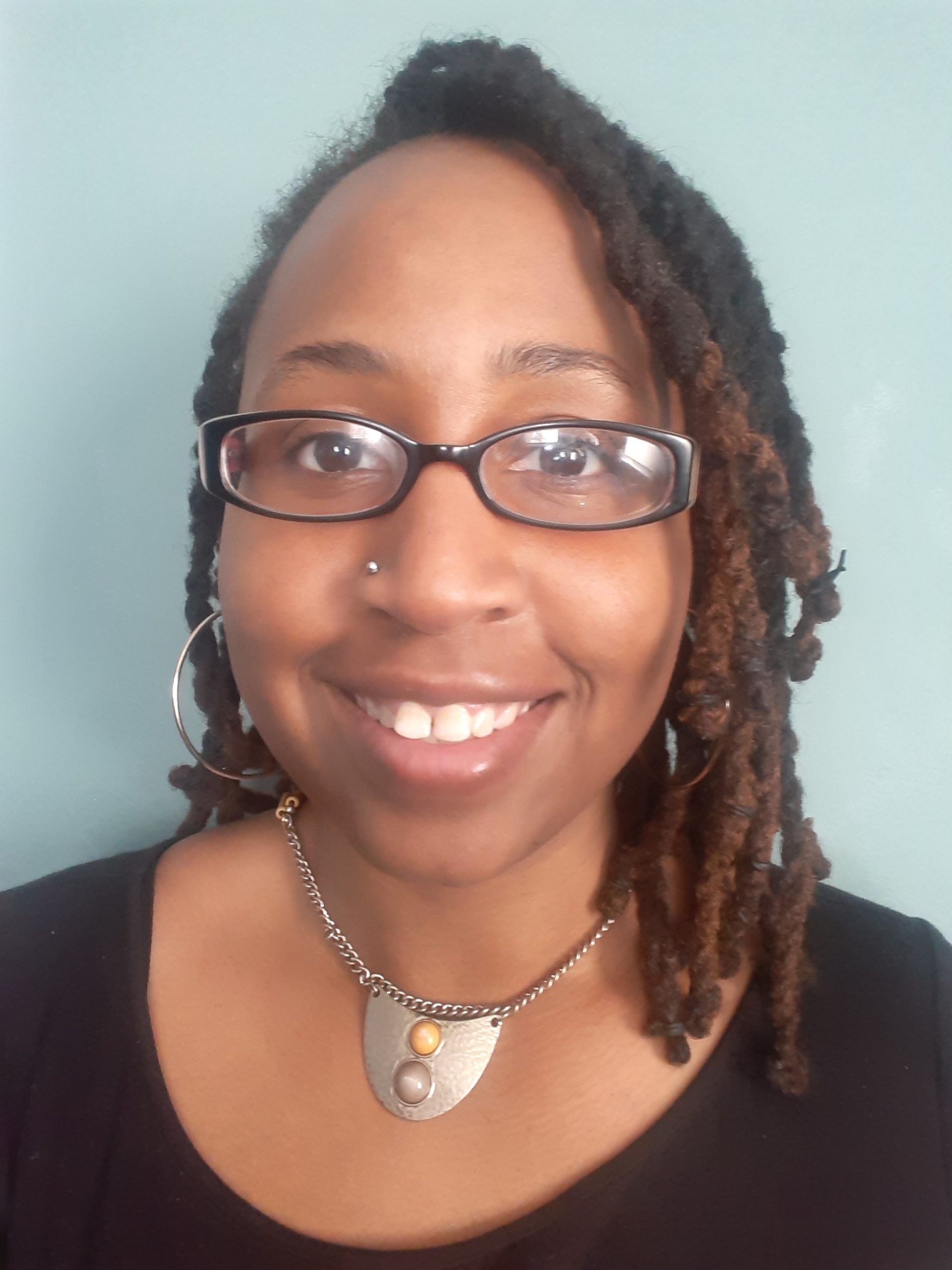No two home education methods are exactly the same. Below are brief descriptions of a few of today’s most popular home education methods. Enjoy!
CLASSICAL (with the Trivium)
The classical method of teaching children employs memorization and repetition. With the “trivium,” there are three stages. The first is the Grammar stage, which occurs between the ages of 4 and 12. The children repeat and memorize many facts. They do not have to understand it all, but simply be able to recite it. The student may memorize many facts from various subjects at the same time, usually including Greek and Latin.
The second is the Dialectic stage, which occurs between the ages of 9 and 14. At this stage, students learn more details about the facts that they have memorized and even write about them. Lessons in public speaking and logic take place during this time, as well as learning to take responsibility for their own work loads.
The third is the Rhetoric stage, which occurs between the ages of 15 and 18. During this time, the children learn to form an opinion about what they have learned. They take a position, learn to be able to support their position, and even teach others about what they have learned. In this stage, the students engage in debate, persuasive writing, subject mastery, and critical thinking.
CHARLOTTE MASON METHOD
The Charlotte Mason approach uses literature and character building to educate children. The motto for this approach is “full attention and best efforts.” This method encourages the use of living books, which are narrative fiction or non-fiction books that engage the students in the content that they are learning, rather than listing facts like a textbook.
The subjects are integrated, nature walks and sketches are highly encouraged, and the classics are emphasized. Music studies, art studies, and poetry are simply done with a few minutes a day, exposing the children to original, classical works. For example, they will listen to classical music, examine famous paintings, and read classic poetry.
LITERATURE-BASED
Literature-based homeschooling relies heavily on reading books. In the early school years, the parent will read aloud to the children books that cover history, science, English, art, and even math. Whether fiction or nonfiction, the children will glean all kinds of information and concepts. As the children get older, they will begin to read on their own from a variety of books, while the parent will continue to read some of the books aloud to them.
This method shows the children that any subject can be learned by reading. The children will then put what they have learned to practice. Usually a separate math curriculum is purchased and followed, but for those who want to be 100% literature based, there are literature-based math curricula as well, like the Life of Fred math series. The literature-based method entails reading multiple books at the same time.
UNSCHOOLING / FUN-SCHOOLING / LIFE-SCHOOLING
These three approaches to educating your children at home are all forms of a more relaxed homeschool philosophy that recognizes the fact that learning occurs everywhere for a child. Parents who take these approaches to educating their children are usually privy to the learning opportunities in every situation.
In unschooling, learning is led by the child. Whatever the student is interested in is what he or she will learn about. It may be a historical era, a specific animal, a physical skill, how to make their favorite food, etc. The child can choose to learn more about a topic by reading a book, watching a movie or documentary, going to museums, exploring hands-on activities, etc. The child can move on to the next topic(s) at will. The parent encourages and helps when needed, but there is no set schedule, curriculum, or list to be followed.
In fun-schooling, the child learns in ways that are hands-on. There will be unit studies, fun workbooks, read-alouds, learning through games and storytelling, lots of field trips, projects, and hands-on experiments. This method is parent-led. The parent can choose a curriculum, or create his/her own, that will facilitate a fun and hands-on learning experience.
In life-schooling, the parent recognizes that simply living life will educate children. Running errands presents an opportunity to learn social norms, economics, math, and reading. Thank you cards and letters to friends are opportunities to learn grammar and spelling rules. Chores provide an opportunity to learn stewardship and home economics. Cooking and baking provide lessons in chemistry and mathematics. This method is similar to unschooling except that it is not student led, but parent led. The parent is using life experience as the curriculum, as opposed to unschooling, where the students gravitate toward their own interests at will.
BOX CURRICULUM
A box curriculum requires more structure and time, but less planning and resource gathering. With this form of home education, the parent purchases an entire comprehensive curriculum for a particular grade level, and all of the major subjects will be covered.
The box curriculum company will prepare the lessons for each subject and each day. It provides the scope and sequence, the schedule, the content, the text, the workbooks, and sometimes even videos to watch. The parent can choose a five-day-per-week program or a four-day-per-week program. The parent will order the grade level needed, and can choose the complete set with all the subjects or pick specific subjects. Once the box of materials arrives, the parent must simply follow the schedule provided for each day. The entire school year will already be planned and laid out; however, the parent can add or take away work as needed.
HOMESCHOOLING ONLINE
Homeschooling online means that the parent has researched and found online programs to use as a tool to educate his or her children. It may be a reading program, a mathematics website, an online science program, or even a homeschooling website that offers various subjects from which the parent can choose. When homeschooling online, the parent can peruse the online resources available, choose which ones will facilitate the learning wanted, and determine the schedule to work with. It is not the same as distance learning.
ECLECTIC
An eclectic home education approach is simply an approach that combines many different home education methods. The eclectic homeschooling parent sees that all of the different methods are not at odds, but rather make up a smorgasbord of methods that can complement each other. The eclectic homeschooler will be in tune with his or her family’s current needs and choose aspects of several methods that will be efficient to learn the various subjects that will be taught. The methods chosen will differ based on the child’s age and learning styles, the number of children at home, whether there are babies or toddlers present, and even the season of the year.
No matter what method of home education that you choose, remember, “And whatever you do, in word or deed, do all in the name of the Lord Jesus, giving thanks to God the Father through Him” (Colossians 3:17, NKJV).
Copyright 2020, Jennifer Jackson



